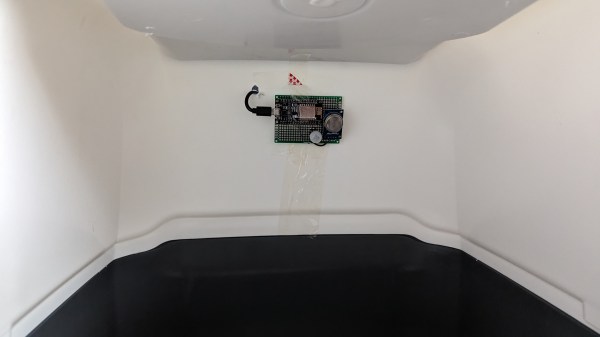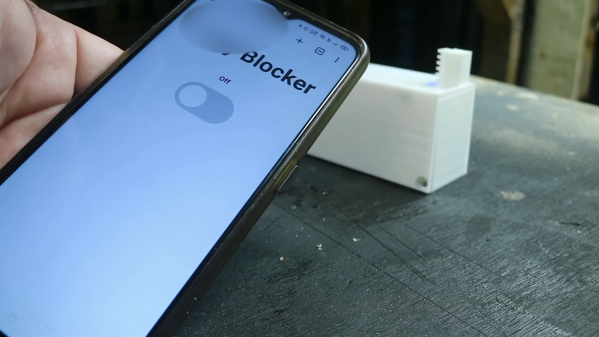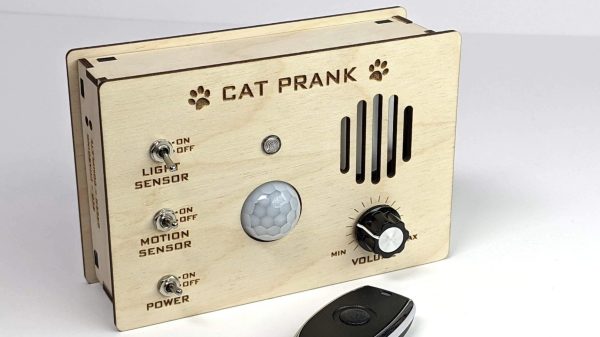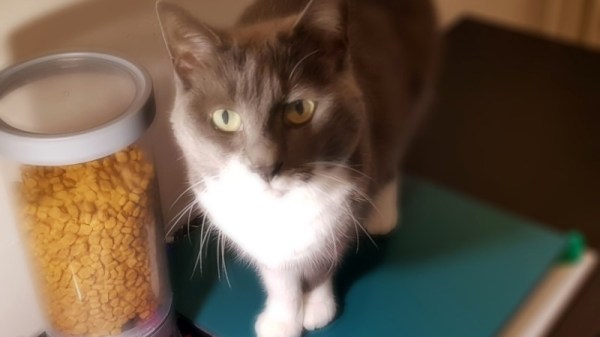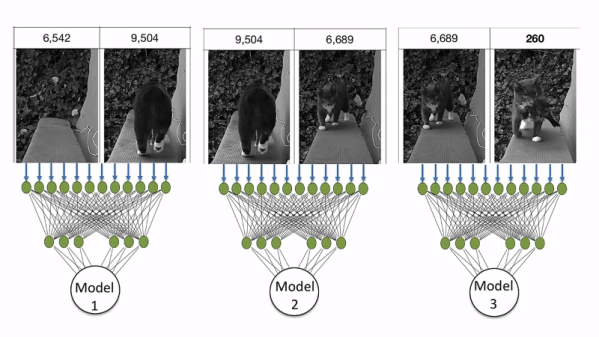Too much of a good thing is generally a bad thing, but a surfeit of asteroid material is probably a valid exception to that rule. Such was NASA’s plight as it started to unpack the sample return capsule recently dropped off by the OSIRIS-REx spacecraft as it flew by Earth, only to discover it was packed to overflowing with samples of asteroid Bennu. The spacecraft, which arrived at Bennu in 2018 and spent a good long time mapping the near-Earth asteroid, apparently approached its carefully selected landing site a bit too energetically and really packed the sample container full of BennuBits™ — so much so that they could actually see sample shedding off into space before stowing it for the long trip back to Earth. The container is now safely in the hands of the sample analysis team, who noted that everything in the TAGSAM (Touch and Go Sample Acquisition Module), even the avionics deck, is covered with black particles, each precious one of which needs to be collected and cataloged. The black stuff is especially interesting to planetary scientists, as it might be exactly what they were after when they selected Bennu, which may have broken off a much larger carbon-rich asteroid a billion or so years ago. It’ll be interesting to see if these interplanetary hitchhikers have anything to tell us about the origin of life in the solar system.
feline8 Articles
Litter Box Sensor Lets You Know Exactly What The Cat’s Been Up To
In our experience, there’s rarely any question when the cat uses the litter box. At all. In the entire house. For hours. And while it may be instantly obvious to the most casual observer that it’s time to clean the thing out, that doesn’t mean there’s no value in quantifying your feline friend’s noxious vapors. For science.
Now of course, [Owen Ashurst] could have opted for one of those fancy automated litter boxes, the kind that detects when a cat has made a deposit and uses various methods to sweep it away and prepare the box for the next use, with varying degrees of success. These machines seem like great ideas, and generally work pretty well out of the box, but — well, let’s just say that a value-engineered system can only last so long under extreme conditions. So a plain old-fashioned litterbox suffices for [Owen], except with a few special modifications. A NodeMCU lives inside the modesty cover of the box, along with a PIR sensor to detect the cat’s presence, as well as an MQ135 air quality sensor to monitor for gasses. It seems an appropriate choice, since the sensor responds to ammonia and sulfides — both likely to be present after a deposit. Continue reading “Litter Box Sensor Lets You Know Exactly What The Cat’s Been Up To”
Spaying Cats In One Shot
Feral cats live a rough life, and programs like Trap, Neuter, Release (TNR) attempt to keep their populations from exploding in a humane way. Researchers in Massachusetts have found a non-surgical way to spay cats that will help these efforts.
A single dose of anti-Müllerian hormone (AMH) gene therapy suppresses ovarian follicle formation, essentially turning off the ovulation cycle. After following the test cats for two years, none had kittens, unlike the cats in the control group. Other major hormones like estrogen were unaffected in the cats and they didn’t exhibit any negative side effects. The researchers said it will be some time before the treatment can be widely deployed, but it offers hope for helping our internet overlords and the environs they terrorize inhabit.
For those of you doing TNR work, you might want to try this trap alert system to let you know you’ve caught a cat for spaying or neutering. If you’d rather use a cat treat dispenser to motivate your code monkeys, then check out this hack.
Simple Wi-Fi Cat Door Solves The Extra Critter Problem, And Nothing More
Anyone with an outdoor cat in their life knows their propensity for bringing home offerings, in the form of critters in various stages of the process of becoming ex-critters. And anyone with a hacker in their life knows that there’s a tendency to throw technology at this problem. But sometimes, the simplest solutions are the best.
Take this simple stepper-powered cat door lock. For [Jason Winfield], the essential problem with his outdoor cat’s late-night demands for reentry was having to manually unlock the cat door after a quick visual check that no midnight snacks were along for the ride. Such activity tends to make it hard to get back to sleep. One natural reaction to this would be to completely automate the process with machine learning to recognize the offering and deny entry; we’ve seen exactly that before, after all. But recognizing that the disruptive part was the getting up to check bit, [Jason] just whipped up a simple stepper-driven lock with an ESP8266 microcontroller. With a 3D-printed case and a battery pack, and a nearby Wi-Fi camera, the lock denies entry to the cat until he gets a look at it, at which point he simply hits the lock’s webpage to unlock the door. The video below would show the lock in action, except the cat buggered off once it got a whiff of the doings. Cat’s gonna cat.
What we appreciate about this project is its simplicity. It solves the problem with the minimum feature set, which is something we see too little of sometimes. It’s also got some nice ideas, like the non-captive bolt that can be removed to unlock the door if the battery dies. Smart thinking, [Jason], and sweet dreams.
Continue reading “Simple Wi-Fi Cat Door Solves The Extra Critter Problem, And Nothing More”
Meowing Box Will Befuddle Your Friends
If you don’t own a cat, hearing the sound of one meowing from somewhere in the house probably comes as quite a shock. The Cat Prank box built by [Reuben] promises to deliver such hilarity with aplomb.
The idea is simple: hide the Cat Prank box in a cupboard or other space in a friend’s house, and it will meow from its secret location. When found, either the light sensor or motion sensor will trigger the yowling of an angry feline, with hopefully startling effects.
An Arduino Mini is the brains of the operation, paired with an XY-V17B sound module which plays the required animal wailings. There’s also a 433 MHz radio module that lets the prankster trigger meowing via remote control.
Code is available for those wishing to build their own. We’d love to see a mod with a time delay built in, so the device could be hidden and left to start meowing at some later date when the prankster is far away.
Similar work has graced these pages before, like the devilishly fiendish OpenKobold design. Just make sure your friends are receptive to such jokes before you go ahead and invest time and hardware in the prank!
Automatic Cat Weighing Machine Knows Which Pet It Is Feeding
Have you ever tried to weigh a cat? For that matter, have you ever tried to get a cat to do anything they don’t want to do? The wilful independence of our feline companions is a large part of what endears them to us, and must have done ever since the ancient Egyptians first had a hybrid wildcat that became domesticated
No wonder it’s so hard to care for multiple cats with different dietary needs. But the mere act of weighing the cats just might be the key to automating their diets while giving them the choice of when they want to eat. It’s a task that [Psy0rz] has cracked with the Meowton, a weighing machine/feeder combo designed to regulate the diets of his various moggies.
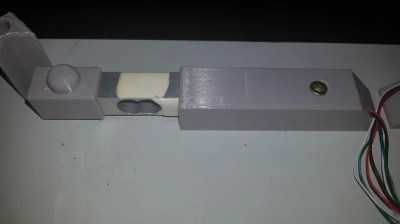
The multi-faceted system involving a scale to weight the cat, a food hopper with dispenser, and a scale for the food bowl. The cat has to stand on the scale to eat, and the dispenser doles out some food when it detects this. It identifies each cat by weight, and controls the quantity dispensed accordingly to spread that cat’s allotted diet over the course of the day.
Behind it all is an ESP32, which delivers the stats to a web interface and makes them available for import to a database. He’s identified a flaw in the system, that two cats of the same weight could cause misidentification. To that end he has an RFID reader under way, but it’s still a work in progress. There is even a live stream of the unit in action.
We’re suckers for cats here, and while the various Hackaday Cats provide plenty of companionship and entertainment we’re always up for more. Over the years we’ve featured plenty of cat feeders, but only one cat elevator.
AI Recognizes And Locks Out Murder Cats
Anyone with a cat knows that the little purring ball of fluff in your lap is one tiny step away from turning into a bloodthirsty serial killer. Give kitty half a chance and something small and defenseless is going to meet a slow, painful end. And your little killer is as likely as not to show off its handiwork by bringing home its victim – “Look what I did for you, human! Are you not proud?”
As useful as a murder-cat can be, dragging the bodies home for you to deal with can be – inconvenient. To thwart his adorable serial killer [Metric], Amazon engineer [Ben Hamm] turned to an AI system to lock his prey-laden cat out of the house. [Metric] comes and goes as he pleases through a cat flap, which thanks to a solenoid and an Arduino is now lockable. The decision to block entrance to [Metric] is based on an Amazon AWS DeepLens AI camera, which watches the approach to the cat flap. [Ben] trained three models: one to determine if [Metric] was in the scene, one to determine whether he’s coming or going, and one to see if he’s alone or accompanied by a lifeless friend, in which case he’s locked out for 15 minutes and an automatic donation is made to the Audubon Society – that last bit is pure genius. The video below is a brief but hilarious summary of the project for an audience in Seattle that really seems quite amused by the whole thing.
So your cat isn’t quite the murder fiend that [Metric] is? An RFID-based cat door might suit your needs better.


